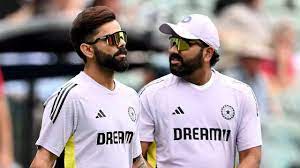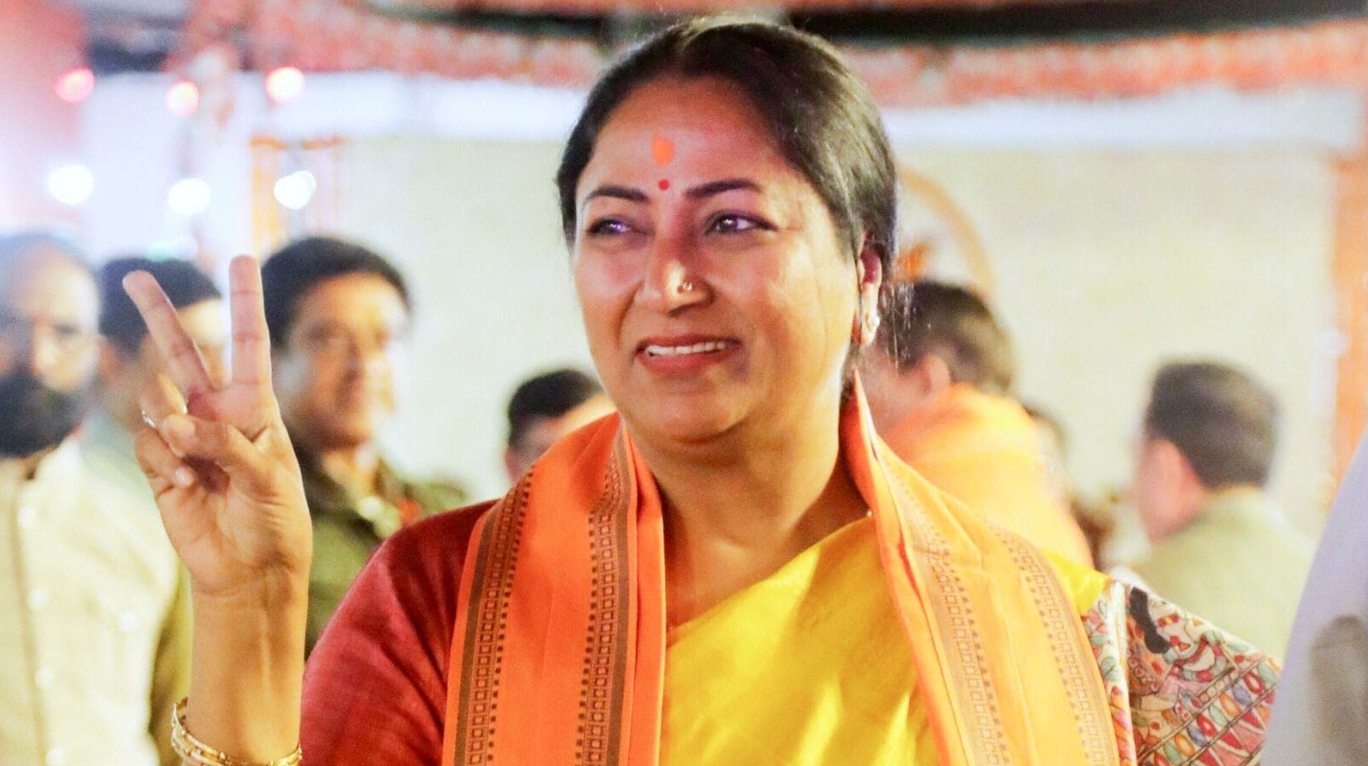Delhi: Once a team that made touring sides tremble, India’s Test dominance at home now shows cracks too deep for instant repair. From the days of Sourav Ganguly, MS Dhoni, and Virat Kohli, India turned Eden Gardens and home pitches into near-impenetrable fortresses, losing just 13 of 102 home Tests over 21 years, and only two under Kohli in 32 matches.
But the recent 0–2 whitewash against South Africa has sent shockwaves. For the first time in over 40 years, India have lost two home Test series within a year, and have dropped five of their last seven home Tests—a statistic unthinkable in the Kohli-Shastri era. Even with home-friendly conditions, India struggled to chase small totals and posted sub-par scores against a purpose-built South African side led by Temba Bavuma.
The decline traces back to a period of transition, starting with the 0–3 loss to New Zealand last year. Despite retaining stars like Kohli, Rohit Sharma, and Ashwin, the side faltered, exposing gaps in leadership, preparation, and clarity. Gautam Gambhir, the former player-turned-coach, stepped in after domestic success, but his tenure has been marked by constant experimentation, shuffling of batting orders, and overreliance on all-rounders.
Key numbers illustrate the instability:
- No. 3 batting slot under Kohli: 9 players in 7 years
- No. 3 batting slot under Gambhir: 7 players in 1 year
- Total players used: Kohli era 42 vs Gambhir era 24 in 12 months
Despite a deep talent pool in India’s domestic circuit, the team under Gambhir has failed to settle on combinations or allow young talent to flourish consistently. Players like Sai Sudharsan, Dhruv Jurel, Washington Sundar, and others face uncertainty, leading to a lack of continuity and confidence.
Former players and experts, including R. Ashwin and Deep Dasgupta, have highlighted issues like absence of a structured knowledge transfer, lack of strategic clarity, and a mindset of fear and hesitation. The team’s drift is not about talent scarcity but about a lack of direction—a stark contrast to the Kohli era’s discipline and strategic clarity.
The real danger for India is not just series defeats—it’s the uncertainty eating from within, eroding the team’s identity and resilience. The fortress that once made India untouchable at home is no longer impregnable. Unless there’s a clear plan for leadership, transition, and player roles, India risks more than defeats—it risks losing the aura of invincibility that once defined its home Test cricket.




